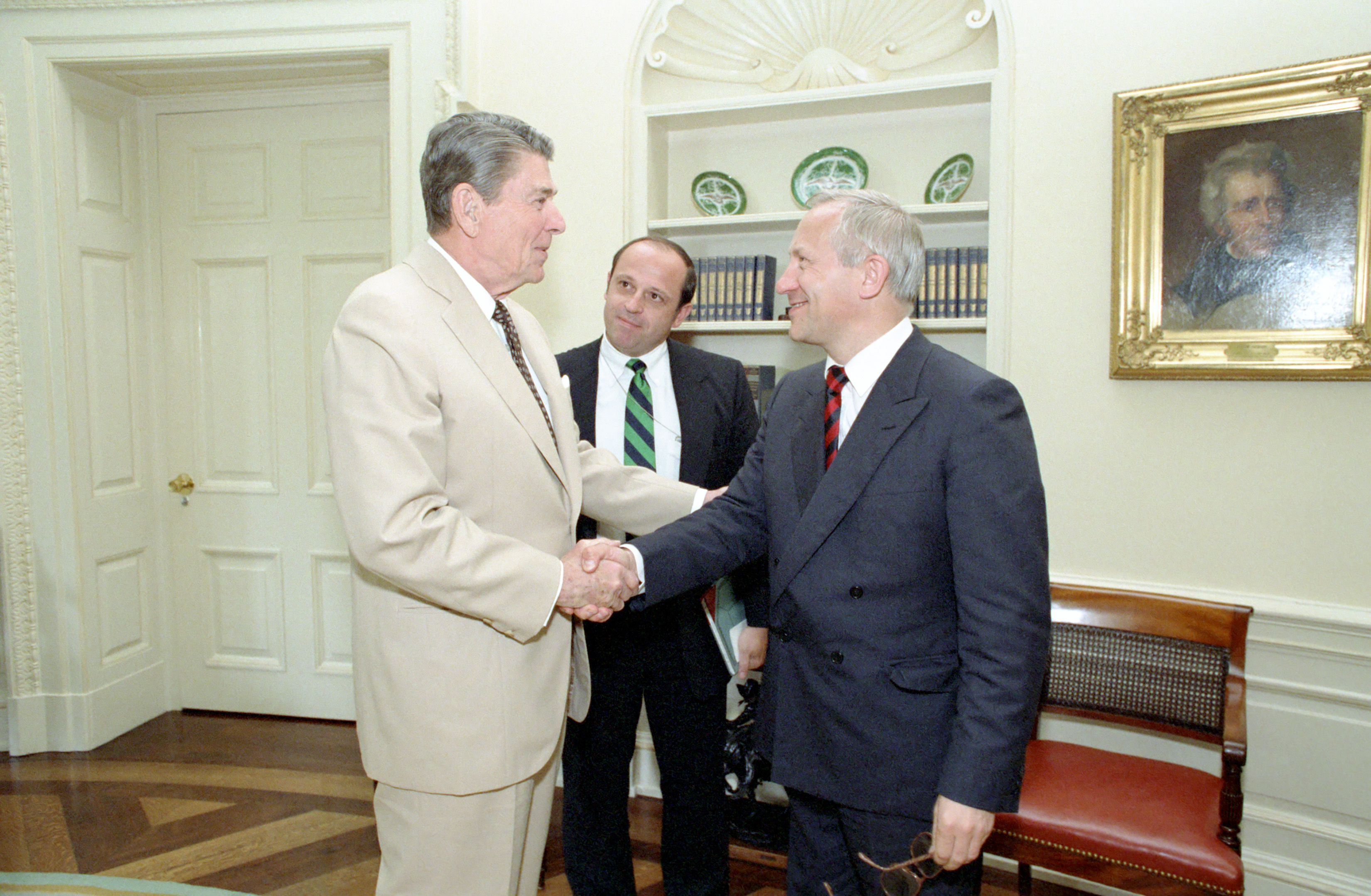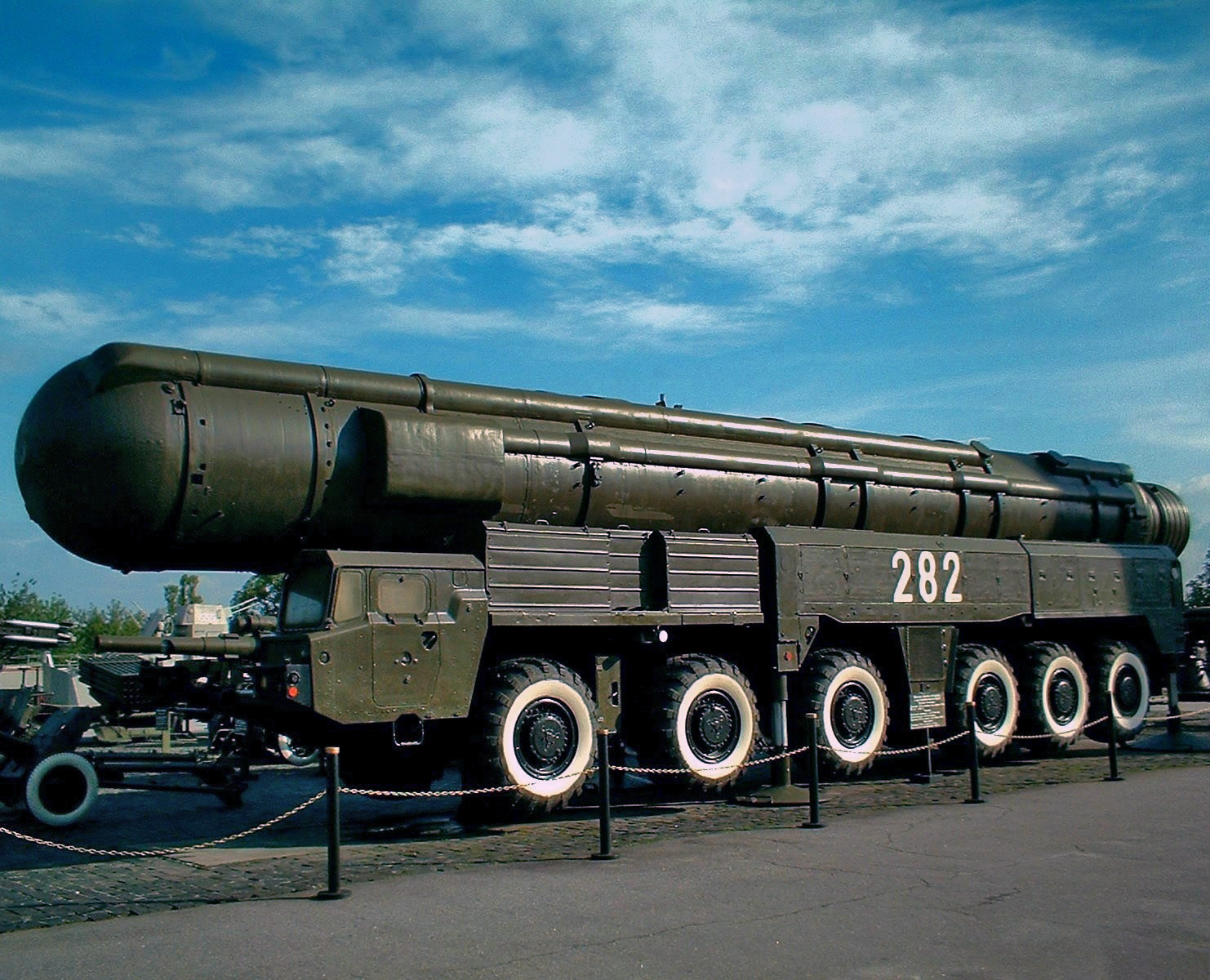The Able Archer 83 War Scare
During the Cold War, amid heightened tensions between member-states of the Warsaw Pact and the NATO alliance, a military exercise named ‘Able Archer 83’ almost provoked the world’s superpowers into nuclear warfare. In a new era of increasing tensions between nuclear-armed powers around the world, leaders must remember the lessons from what nearly sparked nuclear catastrophe in November 1983 and work together to reduce the unacceptably high risk of nuclear use.
Beginning on November 2, 1983, Able Archer 83 was a NATO-related testing drill on command and control systems for both conventional weapons and weapons of mass destruction. The drill took place under the auspices of Autumn Forge – a set of annual NATO military exercises spread across Europe comprised of 100,000 NATO troops and designed to test combat readiness. Such a large presence of forces near the Soviet Union’s doorstep at a time of increasing Soviet paranoia of U.S. intentions in Europe made it hard for the Soviets to imagine the exercise was simply a military simulation.
In the lead-up to Able Archer 83, previous events contributed to the unstable climate and increased tensions between the United States and Soviet Union. In 1981, the Soviets launched ‘Operation Ryan’ which primarily revolved around gaining intelligence on potential U.S plans to launch a nuclear first strike against them. In early 1983, U.S. President Ronald Reagan publicly labelled the Soviet Union an ‘evil empire’ just a week before he announced the Strategic Defense Initiative (SDI) – an anti-ballistic missile program to counter-attack missiles in space. Then on September 1, 1983, the Soviet Union shot down a Korean 747 commercial airline after mistaking it for an American spy plane, killing all 269 passengers.
As the massive NATO military exercise progressed in the fall of 1983, the Soviets grew increasingly convinced the exercise was a cover for a NATO pre-emptive nuclear strike. Various changes, including encrypted communication exchanges and periods of total radio silence that effectively cut out any third party connection, amplified concerns. Under Able Archer 83, NATO practiced readying for a nuclear attack as a final stage of a full-scale war with the Soviets, a drill that included a mock raise in alert levels to DEFCON 1 – the highest alert level indicating troops were on maximum readiness for immediate action.
In reaction, the Soviets raised their alert levels, deploying nuclear submarines to the Arctic Ocean, fitting nuclear weapons on Soviet aircraft in Poland and East Germany and placing 70 SS-20 intermediate-range ballistic missiles on high alert. Some in NATO simply believed this to be an indication of the Soviets conducting their own military exercise. On November 11, 1983, Able Archer finished without incident and Soviet forces were ordered to stand down.
It was only after the conclusion of the exercise that American officials understood how real the Soviets’ fear of a surprise U.S. attack had become. Oleg Gordievsky – an active KGB officer – passed on information to British intelligence exposing the reality of Soviet perceptions of Able Archer and Autumn Forge. The United Kingdom’s Cabinet Secretary, Sir Robert Armstrong, briefed Prime Minister Margaret Thatcher, informing her the Soviets perceived the military exercise to be a real threat and the Soviets were subsequently on a hair-trigger.

U.S. President Ronald Reagan was incredulous in the face of intelligence citing Soviet fears. Before Able Archer 83, he dismissed claims as tools of the Soviet propaganda machine. Even after the exercise, reports from London were initially discounted. But cracks were starting to show. A week after the exercise ended, Reagan wrote in his diary “I feel the Soviets are so defense-minded, so paranoid about being attacked, that without being in any way soft on them, we ought to tell them no one here has any intention of doing anything like that.” An early 1984 report from CIA director William Casey and subsequent intelligence reports gave Reagan further pause.
It is clear issues on both sides could have led to nuclear conflict – paranoia and misguided assumptions from the Soviet Union as well as a lack of empathy from Western leaders in understanding the dangers of such a large-scale military simulation, involving preparations for a nuclear strike.

Revisiting the past can allow us to prepare and learn for the future. The Able Archer example illustrates how miscalculations and misconceptions could bring nuclear-armed adversaries to the brink of nuclear conflict without even realizing. This is more relevant today than ever before as nuclear-armed states further catalyze a world of instability and uncertainty. Nuclear-armed powers are spending billions of dollars on upgrading and expanding nuclear arsenals and abandoning important dialogues and communication tools put in place to mitigate conflict escalation.
It is vital for world leaders to recognize the dangerous path we’re on and work together to reverse course. Global Zero’s Nuclear Crisis Group – an international team of top former nuclear commanders, diplomats, and national security experts – released a menu of measures nuclear weapons can take to immediately reduce the risk of nuclear use, including adopting No First Use policies, extending New START, adhering to and expanding hotline agreements and recommitment to high-level diplomatic and military-to-military dialogue. World leaders should take heed.